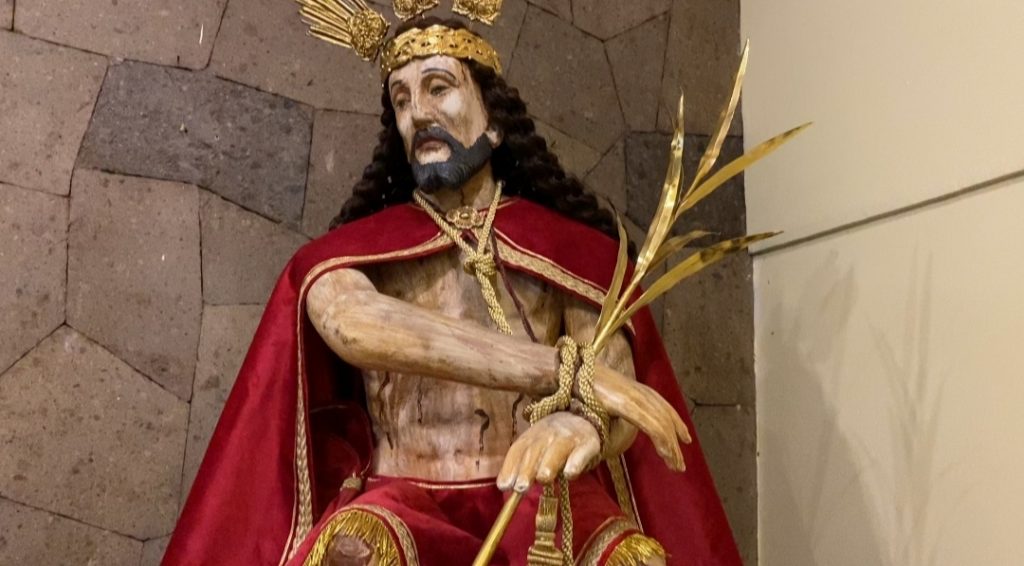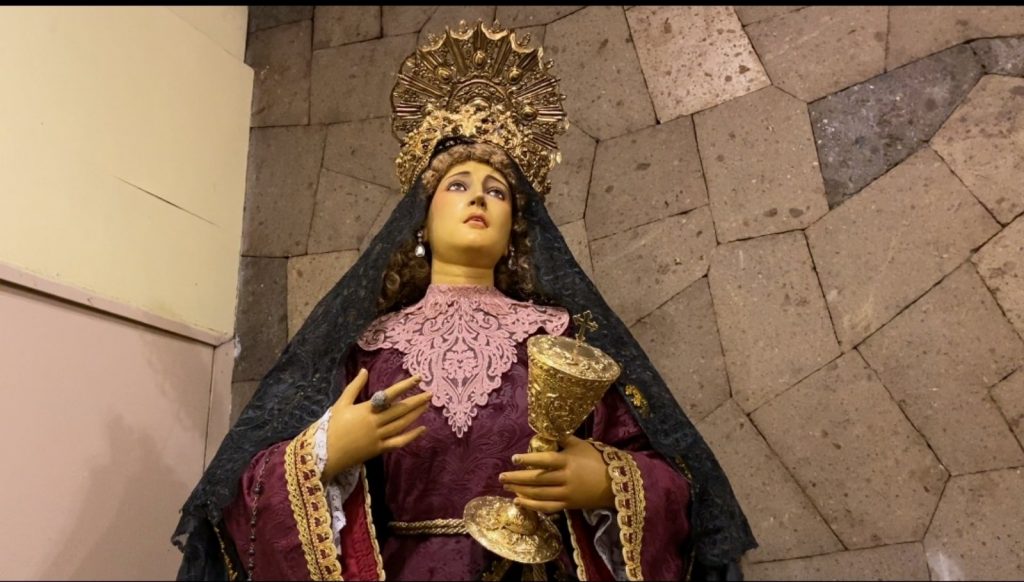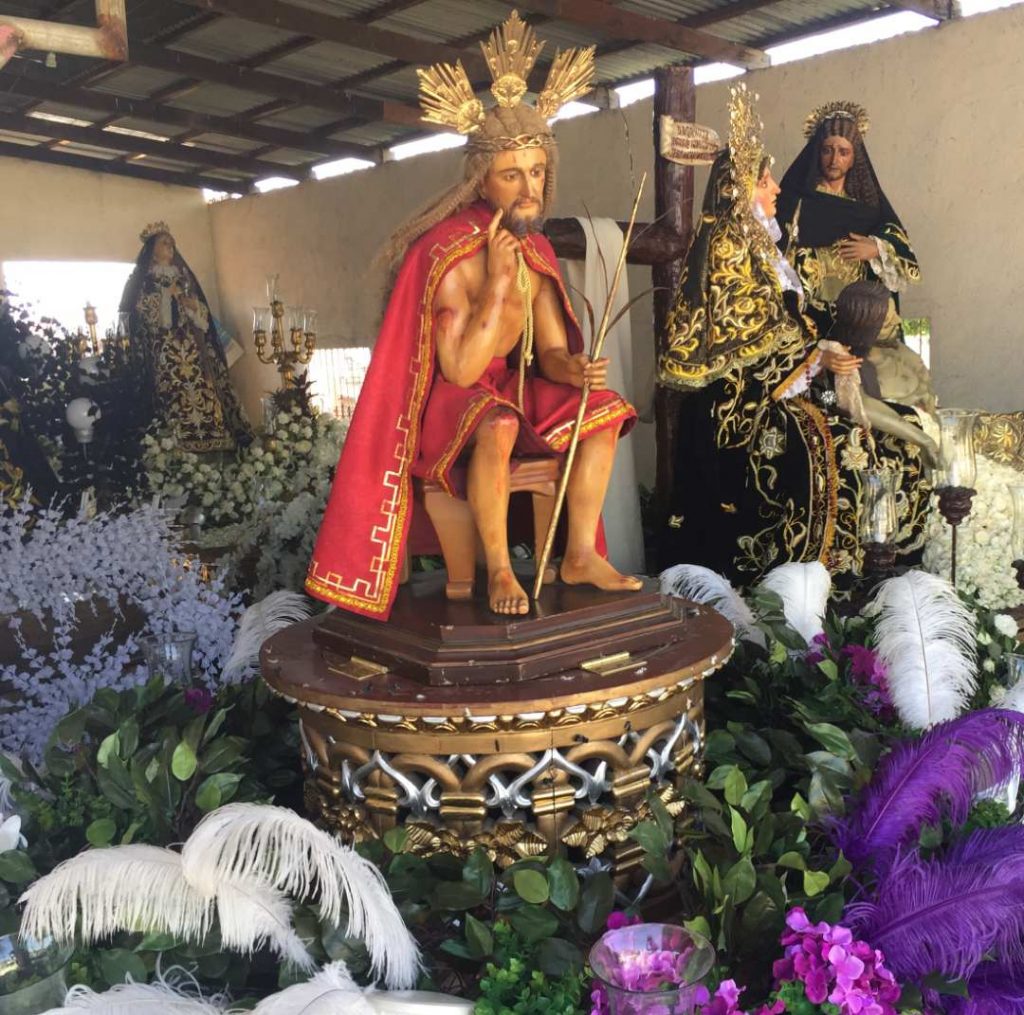By Rod Lagusad
Christianity has become deeply embedded in Filipino culture and history throughout the 500 years since it was brought to our shores, and for many Roman Catholic Filipinos, Holy Week is its most sacred season.
During this time, different ways of tradition and devotion are performed, including the procession of images of Jesus, other biblical figures, and saints. These practices become a family affair and a time to bond with friends.

For Dexter Santos, a camarero or one who maintains and cares for images of saints, this occupation is his way of showing devotion to his faith.
Everything he does is a part of the process, from deciding what the images will wear to constructing the float and carriage (carroza) to be used in the procession.
Santos said he began learning the importance of caring for the saints’ images from childhood, as his family actively participates in various Holy Week activities in their communities.

“I think more than the fascinations, siguro ‘pag pumunta ka sa amin sa [when you visit our community in] Sto. Rosario, Hagonoy, Bulacan, kahit maliit na bata nakikita mo na nagtutulak, umiiyak ‘yung bata kasi gusto niyang magtulak ng karosa [you will see even little children trying to push, a child crying because they want to push the carriage],” Santos said.
Speaking about the practice, he said: “I think embedded sa [in the] culture, I think embedded sa tradition, most of all I think embedded sa faith.”
He said that when he began working in 2004, he acquired his own images of Jesus Christ and Mary — a Pieta that depicts the ultimate sacrifice made by Jesus Christ. He currently owns around 14 images.
He stressed that taking care of images is a big responsibility.

“Ang pag-aalaga ng santo, I think importante ‘yung salitang ‘alaga.’ Hindi mo lang iisipin na ‘yung term na alaga dahil merong prusisyon o ilalabas mo siya sa exhibit [In caring for images, I think the word ‘alaga’ (that which is cared for) is important. You don’t just think of the term ‘alaga’ in relation to a procession or an exhibit.]. I think it’s a whole year round, it’s a 24-[hour responsibility], it’s a lifetime devotion,” he explained.
Santos is happy that the tradition of keeping and caring for religious images is still alive in the country, even in these modern times.
“I think for everybody sa mga kapwa ko [my fellow] camarero, I think alam na alam naman natin na nagshe-share tayo [I think we well know that we share], na we’re very very much blessed, very very much lucky that we have this devotion, na kaya nating mag-alaga ng mga santo [that we can afford and manage to care for images]. I think…we have to make sure that, you know, that we keep the devotion alive,” he said.

Santos also said that beyond the art and tradition that images depict, the most important thing is to have devotion, a connection to your Creator, adding that the images are only representations that serve as a reminder of the life and teachings of Jesus Christ.
